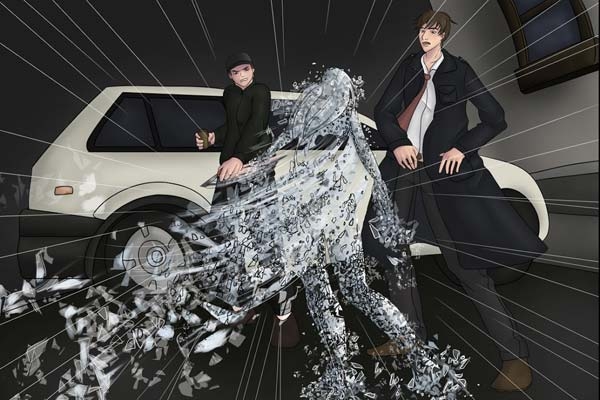With the ability to fragment herself into shards of glass, Lena is the protagonist in Adelaide comic, 'Hail'.
Falling to pieces is a superpower that often proves as much a hindrance as help. Identity and self-doubt are among the many issues explored in this highly-relatable, humorous comic. Writer of 'Hail', Miranda Richardson is in the looking glass:
How did you become a writer?
Writing was one of a bunch of arts I've loved for as long as I can remember. During school I realised that writing was the one art form that always invigorated me rather than tiring me out at all, and I knew that was the one I had to go after.
I've been spending half the week in a part-time job at a hospital and half the week working in the arts. Some people see it as a worst case scenario for an artist to finish their degree and have to work in an unrelated field to fund their creative projects but for me it's an ideal. I love working at the hospital, and being out in the real world refreshes me and inspires me for when I come home.
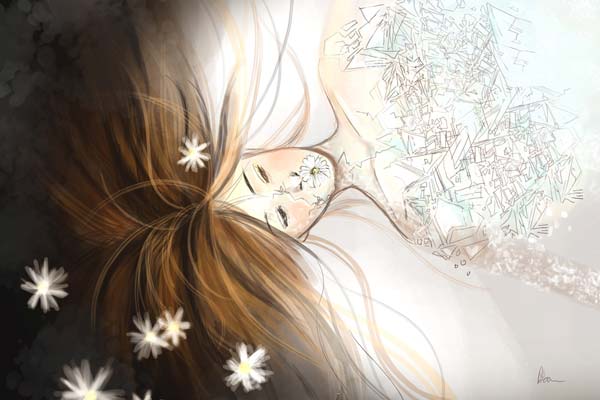 What was the inspiration for 'Hail'?
What was the inspiration for 'Hail'?About five years ago I was overseas and I was quite unwell. I'd never felt anxiety the way I did when I was there. I felt like I should be falling apart where I stood. I guess all that visualising made me realise that it looked like glass. A few more steps and it was 'Hail'.
Are your characters based on real people (if you aren’t afraid to say)?
Hahaha. I don't think there's anything to be afraid of there... All of my characters are amalgamations of people I know, including myself. Sometimes they're built out of entirely imagined ideals or fears though too. Although I guess those things count as being part of me.
 Do you aspire to be like your characters?
Do you aspire to be like your characters?I definitely aspire to be like them. When I write about people I always grow to love them. In Lena's case, I wish I could fall apart the way she does. I can't shatter into a pile of glass, but she does it all the time. She accepts what she's dealing with and lets it happen. That's why Lena's a hero to me. She accepts people as they are, including herself.
What is the process of getting an issue of the comic ready for publishing? About four months in advance I write an eight-page script and sketch panel layouts. I send it off to the backgrounders, who are usually Mala Kerr and Tom Murton. Over the second month we exchange messages discussing layout, and they create whole scenes in the panels from concept to full colour.
Then it goes to Rosanna Lam, our lead artist, who pencils in every scene over the top of the backgrounds. She later adds colour palettes and details all of the glass work herself. In the third month, the pages get inked, coloured, shaded and lettered by the rest of us. We have the fourth month as our buffer period in case 'life happens' and we get behind schedule. This probably sounds like a slow process, but the turn-around is insanely fast considering we're all doing it part-time. Honestly, it feels like break-neck speed. It’s fantastic.
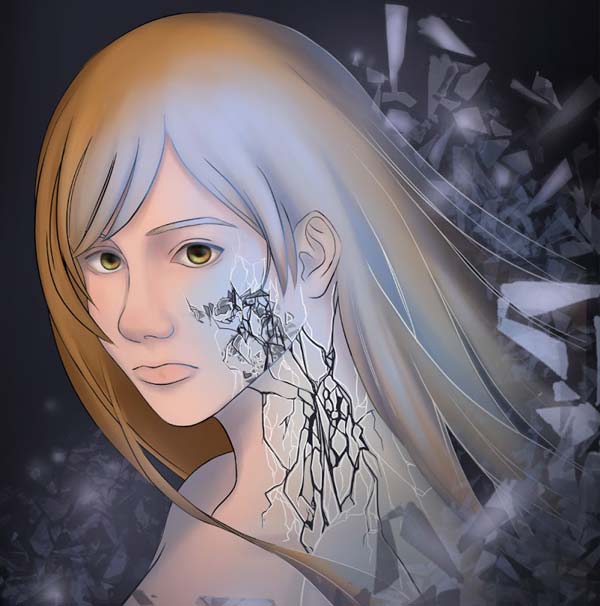 What is it you love about Rosanna’s particular style?
What is it you love about Rosanna’s particular style? Rosanna's work is so natural and flowing, and her personality shows through it and harmonises with the story really well. Her colour blending is stunning and I can't even comprehend how she does all the glass work. Her style is also gentle and comforting, like Lena. Oh, and she does great peripheral action – if you watch the background characters in big scenes, they often have their own little story arcs going on.
What is it like having to work in a group instead of solo?
I was connected with most of the team on the tail-end of my creative writing honours degree at Flinders University. My lecturer, Katie Cavanagh gave me the amazing opportunity to produce the comic I'd begun in my studies through continued collaboration with digital media students. Collaboration allows us to get a lot of work done in a short amount of time. Plus, the art itself has a combination of many different artists' brushes, which I think gives a piece that much more soul. Everyone on the art team adds something beautiful to the finished pages.
 What is the comic book community like in Adelaide?
What is the comic book community like in Adelaide? We have a bunch of comic and manga retailers and three different comic clubs that I'm aware of. The community is super friendly and supportive. There are even a few people working on 'Hail' who plan to produce their own online comics next year – keep an eye out for them!
Are comic books in general a largely male-dominated craft?
I tend to surround myself with comics that don't ignore or misrepresent women, so I sometimes forget that the industry is still male-dominated. Most of the writers are men, most of the active characters are men but it's a pretty well-known fact these days. That awareness will bring about change. The female superhero can have a conflicted image when her heroism can only be conceived in a masculinised way and her status as a woman requires her to return to vulnerability in the presence of a male heroic figure. You could always read my thesis if you wanted to know my full answer to this question...
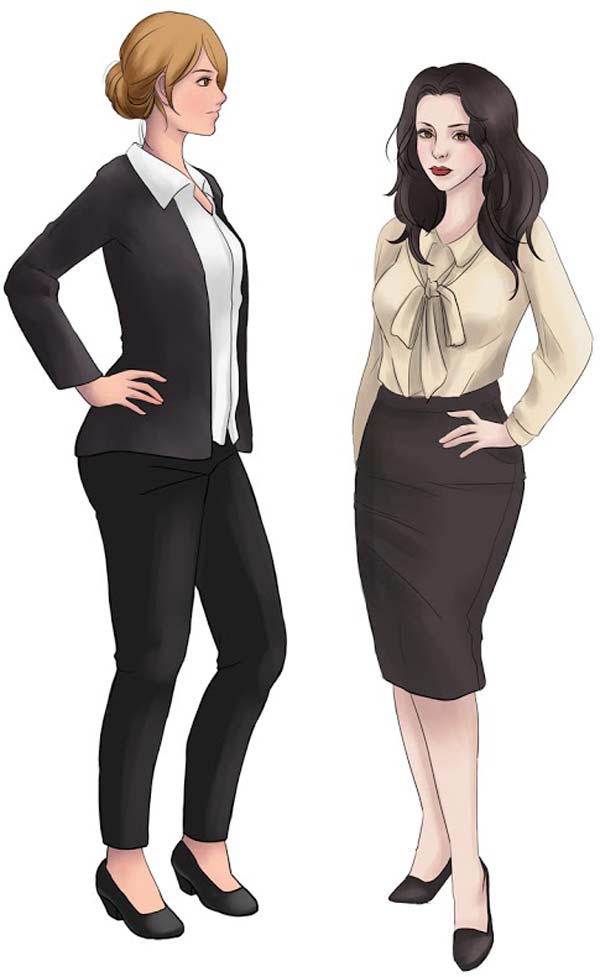 What plans for 'Hail' do you have in the future?
What plans for 'Hail' do you have in the future?We're looking into print publication for our first few issues this year and the first full volume should be completed by early 2017.
What advice would you give to any aspiring comic book writers?
It's really only one step for an aspiring comic writer to become a comic writer, so just take the step! Draw something. It doesn't have to be complicated or long. Give yourself deadlines, but don't kill yourself to meet them so you can work sustainably. You can do the thing.
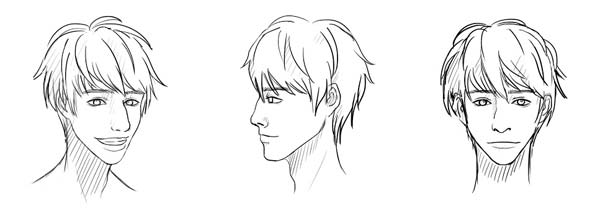 'Hail' is available to read online.
'Hail' is available to read online. 



